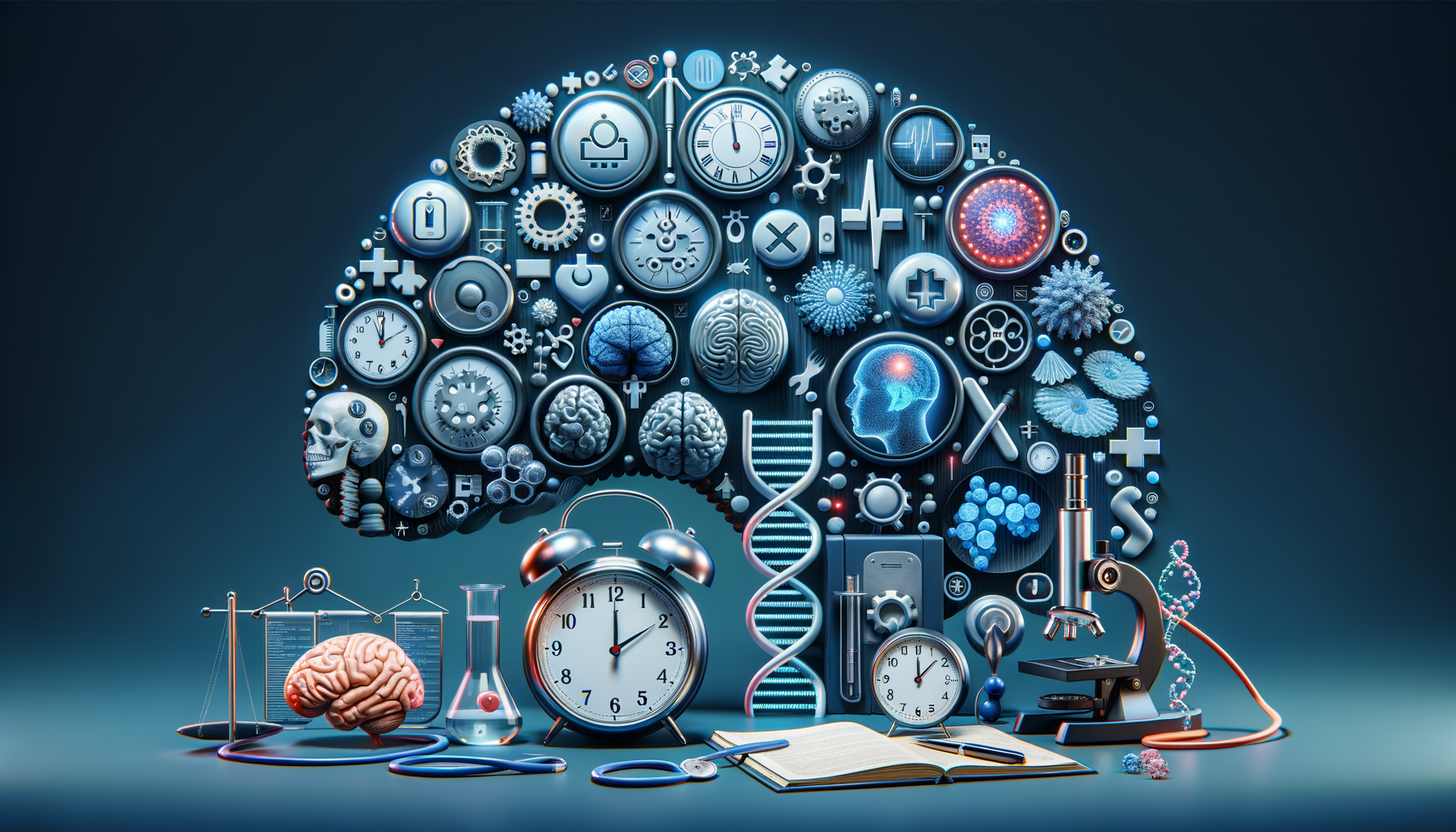Understanding Dementia: A Brief Overview
Dementia is a general term used to describe a decline in cognitive function severe enough to interfere with daily life. It encompasses a range of symptoms associated with a decline in memory, reasoning, or other thinking skills. Alzheimer’s disease is the most common form, accounting for 60-80% of cases. However, other types, such as vascular dementia, dementia with Lewy bodies, and frontotemporal dementia, also contribute to the overall picture. Understanding these types is crucial for recognizing early symptoms and seeking appropriate diagnostic tests.
Early detection of dementia is vital because it allows for more effective management of the condition. It can lead to better planning for the future, help in managing symptoms, and improve quality of life. The challenge lies in distinguishing normal age-related changes from early signs of dementia, which often overlap. This makes awareness and education about the symptoms and diagnostic processes essential for both patients and caregivers.
Recognizing Key Symptoms of Dementia
Recognizing the early symptoms of dementia is the first step in seeking a diagnosis. These symptoms often vary depending on the type of dementia, but some common signs include:
- Memory loss that disrupts daily life, especially forgetting recently learned information.
- Difficulty in planning or solving problems, such as following a familiar recipe or keeping track of monthly bills.
- Confusion with time or place, losing track of dates, seasons, and the passage of time.
- Trouble understanding visual images and spatial relationships, which can affect driving.
- Problems with words in speaking or writing, including difficulty following or joining a conversation.
- Misplacing things and losing the ability to retrace steps, often accusing others of stealing.
- Decreased or poor judgment, such as giving large amounts of money to telemarketers.
- Withdrawal from work or social activities, avoiding being social due to the changes they are experiencing.
- Changes in mood and personality, becoming confused, suspicious, depressed, fearful, or anxious.
These symptoms can be subtle and progress gradually, making it challenging to recognize them early. However, early recognition can lead to timely intervention, which can significantly slow the progression of the disease.
Diagnostic Tests for Dementia: What to Expect
When symptoms of dementia are observed, a series of diagnostic tests are conducted to confirm the presence and type of dementia. These tests are comprehensive and involve several steps:
- Medical History and Physical Exam: A detailed medical history is taken, including family history, to identify any genetic predispositions. A physical exam checks for conditions that might cause or mimic dementia symptoms.
- Neurological Tests: These tests assess balance, sensory response, reflexes, and memory. They help identify signs of stroke, Parkinson’s disease, brain tumors, or other conditions that may cause dementia.
- Cognitive and Neuropsychological Tests: These tests measure memory, problem-solving skills, attention, counting, and language. They are crucial in determining the extent of cognitive impairment.
- Brain Scans: MRI or CT scans are used to check for evidence of stroke, brain bleeding, or tumors. These scans help rule out other conditions and confirm a diagnosis of dementia.
- Laboratory Tests: Blood tests check for vitamin deficiencies or thyroid disorders that can mimic dementia symptoms.
Each of these tests provides a piece of the puzzle, helping doctors to diagnose dementia accurately. Early diagnosis through these tests can lead to better management strategies and improved outcomes for patients.
The Importance of Early Detection in Dementia
Detecting dementia early can have a profound impact on the management and progression of the disease. Early detection allows individuals to access treatments that can slow the progression of symptoms, helping to maintain their quality of life for as long as possible. It also provides an opportunity to participate in clinical trials, which can lead to better treatments in the future.
Moreover, early detection enables individuals and their families to plan for the future. This includes making important decisions about care preferences, legal and financial matters, and living arrangements. It also allows families to come together to support their loved ones, ensuring they receive the care they need.
In addition, early detection can reduce the emotional and psychological burden on both the patient and their family. Knowing the diagnosis allows for a better understanding of the changes occurring, reducing feelings of frustration and confusion. It also provides access to support groups and resources that can help families cope with the challenges of dementia.
Ultimately, while dementia cannot be cured, early detection and intervention can significantly improve the quality of life for those affected by the condition.
Conclusion: Taking Action for a Better Future
Understanding and recognizing the early signs of dementia, along with knowing the diagnostic tests available, empowers individuals and families to take control of their health. By seeking early diagnosis, they can access treatments and support that can make a significant difference in managing the disease.
As our population ages, awareness and education about dementia become increasingly important. By spreading knowledge and reducing stigma, we can create a society that supports those affected by dementia, providing them with the care and respect they deserve.
Taking action early not only benefits the individuals diagnosed but also eases the journey for caregivers and loved ones, making the path forward a little brighter for everyone involved.




Leave a Reply